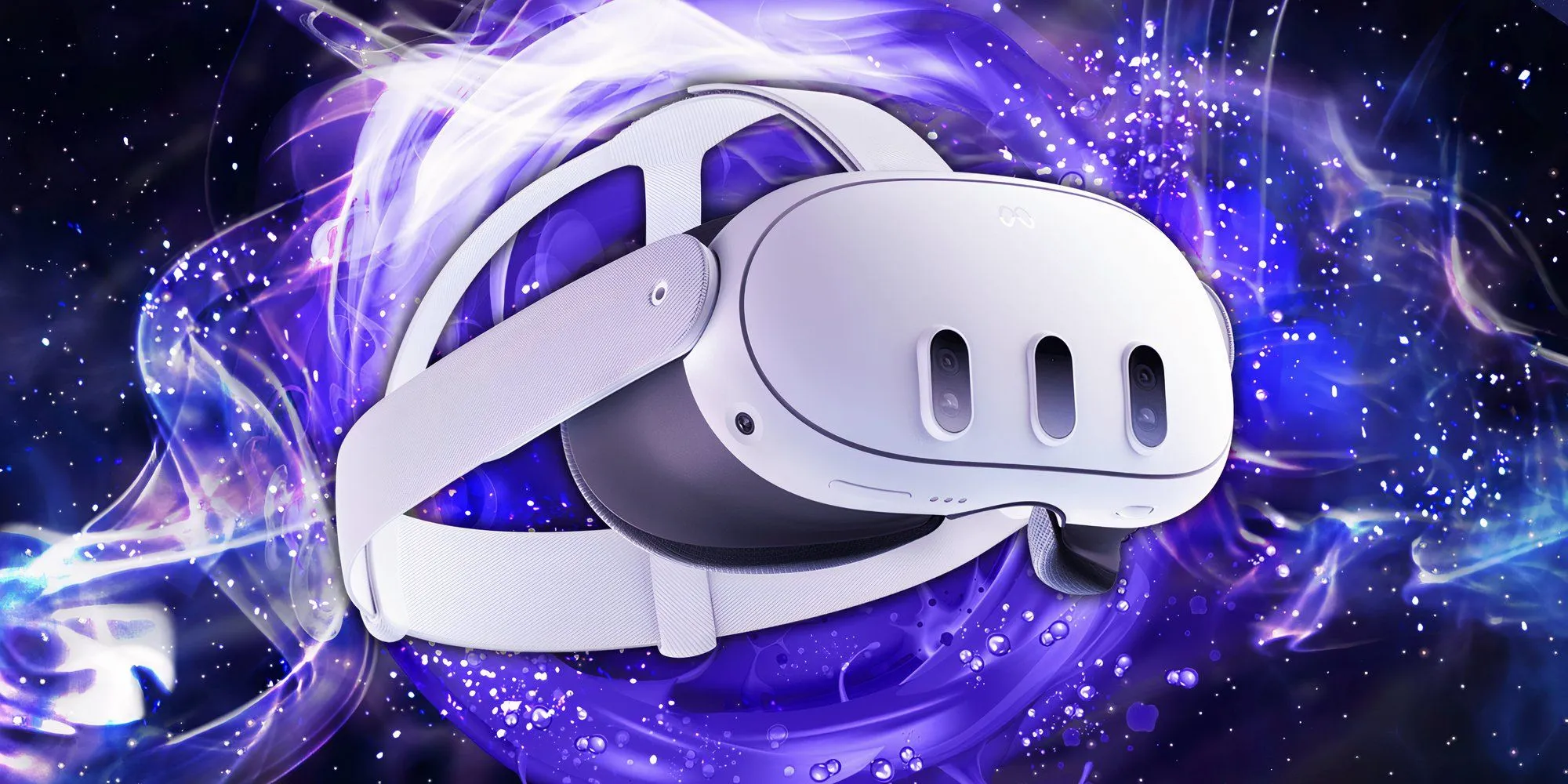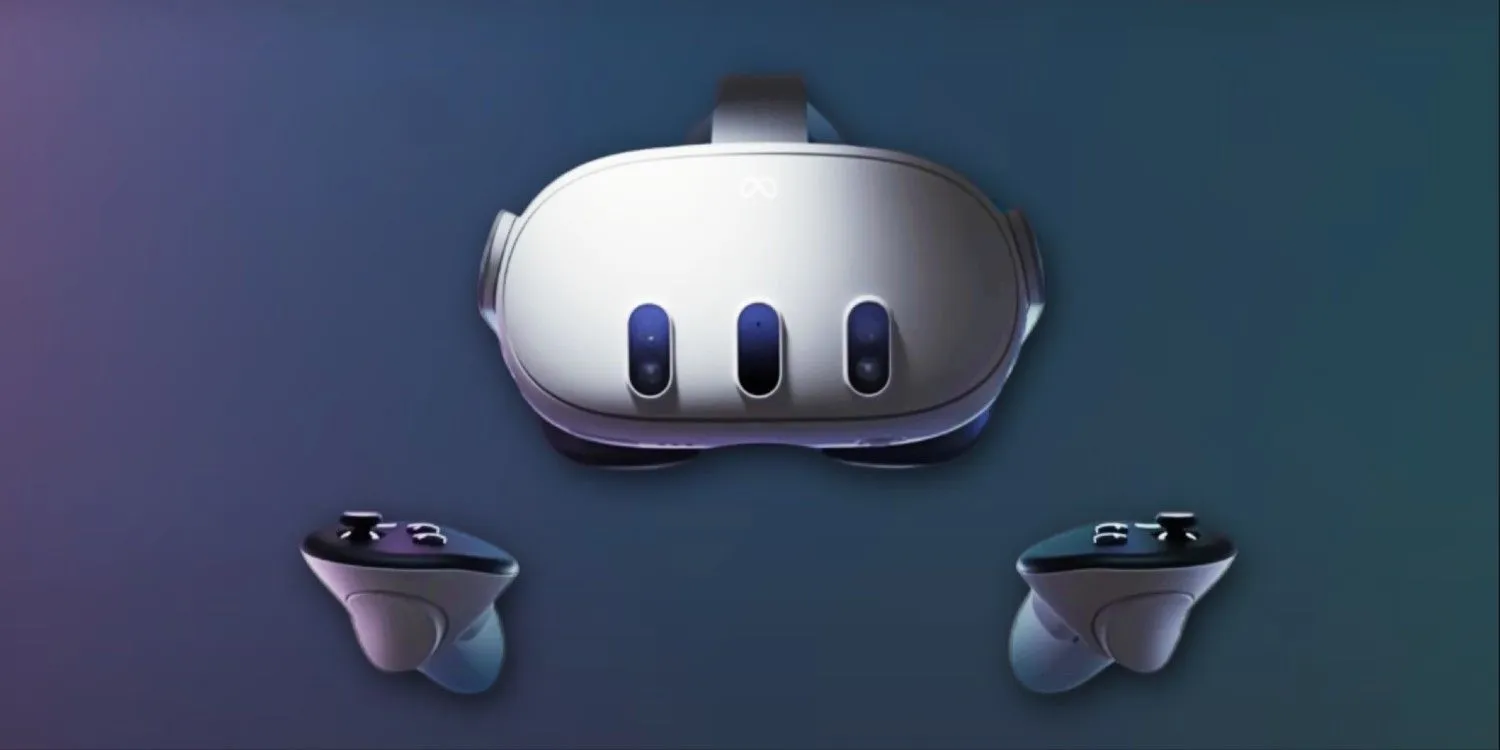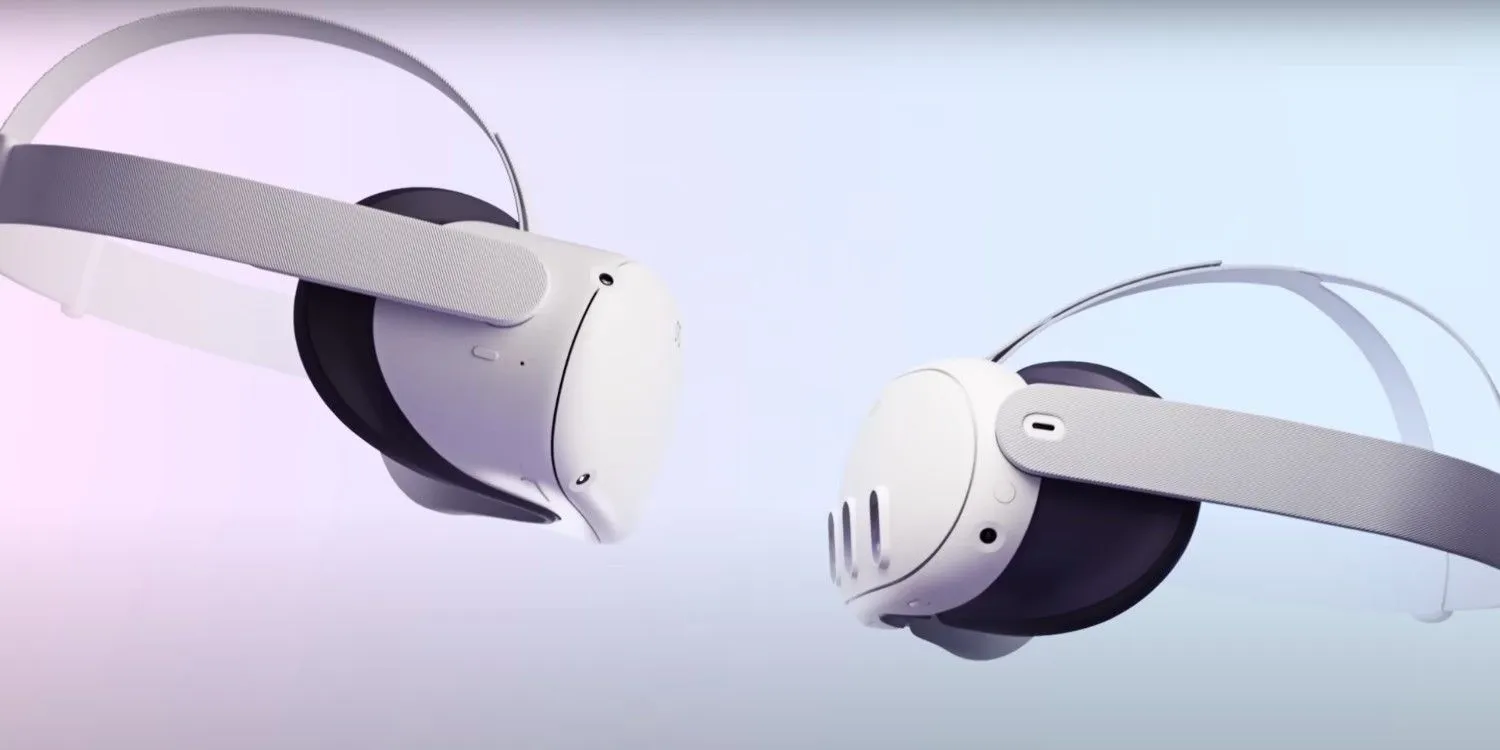
Establishing a boundary line with your new Meta Quest 3 is crucial for an optimal virtual reality experience. This setup step is particularly important if the headset is shared among users, as it ensures safety and functionality. With a variety of exclusive games released recently, the Meta Quest 3 has become a popular choice for VR enthusiasts in 2024. Consequently, many users find themselves needing guidance on configuring the headset’s boundary settings.
The boundary line feature is primarily a safety mechanism. It enables you to delineate the physical limits of your play area, accounting for walls, furniture, and floors in your designated VR space. If you unintentionally approach the set boundaries, the Quest 3 activates the front-facing camera, allowing you to reorient yourself and avoid collisions. Understanding how to effectively use these settings will enhance your overall VR gameplay experience.
How to Set Up a Boundary Line on Meta Quest 3
Accessing the Boundary Settings

To adjust your boundary settings, start by pressing the Meta logo button on your right controller to bring up the menu. Select the clock icon on the taskbar to access the Quick Settings panel, then click on the Boundary section. If you opt for the automatic scan feature, the Meta Quest 3 will detect room dimensions and create boundaries based on its camera’s observations. To complete this process, you may need to stand still for height detection and rotate to scan the area effectively. This automatic setup usually suffices for most gamers, but manual adjustments can be made by selecting “Choose your own boundary.”
Similar to the previous Meta Quest 2, two primary boundary options are available: Roomscale and Stationary. Let’s delve into each setting to determine which best suits your gaming style.
Meta Quest 3’s Stationary Boundary Setting
In essence, the Stationary boundary mode is tailored for players who prefer to remain seated. Whether you’re on a chair, couch, or bed, this mode ensures a seamless VR experience without the need for an extensive setup. It establishes a three-foot cube around your seating position, granting enough space to lean and shift posture. However, if you attempt to stand or move your chair around, you may encounter your boundary limits.
Meta Quest 3’s Roomscale Boundary Setting
Conversely, the Roomscale option is more complex but is ideal for those looking to move around while playing. It leverages a scan of your environment to create a custom boundary based on your room’s layout, including the positions of walls and furniture.
For optimal play, a recommended area of at least 6.5 by 6.5 feet is advised. You can enable an automatic Roomscale boundary scan or choose to manually “draw”the boundary using your controller. The automatic feature is generally reliable, so it’s wise to utilize it first unless significant issues occur. Ultimately, a Roomscale boundary is advisable, even for seated play, as it accommodates potential movement shifts while maintaining immersion. Moreover, this setup promotes safety, reducing the risk of accidents, such as knocking over furniture.
Can You Disable the Boundary Line on Meta Quest 3?
How to Disable Boundary Lines on Meta Quest 3

It is possible to disable the boundary line on the Meta Quest 3, but this action is strongly discouraged. To turn off the boundary feature, access your Quick Settings, select the gear icon to open the full menu, scroll to “Developer,” and disable the Guardian setting. However, keep in mind that disabling these safety features can increase the risk of injury or damage to both yourself and your device. It’s always advisable to rectify any boundary issues before considering this step. Refer to the troubleshooting section below for guidance.
Troubleshooting Tips for Resetting Boundary Lines
When to Set & Reset Your Boundary Lines

If you frequently trigger the Guardian feature despite being far from the boundary or collide with objects, it’s likely time to reset your settings. You can delete existing boundary information by conducting a new Roomscale scan or switching to Stationary mode. If problems persist, manually defining your Roomscale boundaries may resolve issues caused by inaccurately detected surfaces, especially in cases where similarly colored furniture is involved.
Frequent users who share headsets may face unique challenges, as the Quest adjusts to individual player heights when determining boundaries. Therefore, remember to recalibrate the settings whenever a different user accesses the device. This process is quick and straightforward.
When resetting boundaries, stand in the center of your virtual play area and conduct a comprehensive scan by turning around. External factors like lighting and furniture arrangement can affect accuracy, such as new decorations or shifts in natural light. On particularly sunny days, consider adjusting window coverings to ensure effective scanning conditions.
Additionally, check for any pending updates for your Meta Quest 3, as past updates have occasionally disrupted boundary accuracy. Both update and factory reset options can be found in the primary Settings menu. For persistent issues, reach out to the Meta Quest support center. Their community support forum often features similar cases, providing valuable solutions. As a last resort, consider temporarily disabling Guardian settings while searching for a resolution.
By following these guidelines, you can effectively establish a safe and comfortable boundary setting for your VR headset. Navigating these options may seem daunting, but mastering them is vital for ensuring a secure gaming environment with your Meta Quest 3.
Source: Meta




Leave a Reply ▼